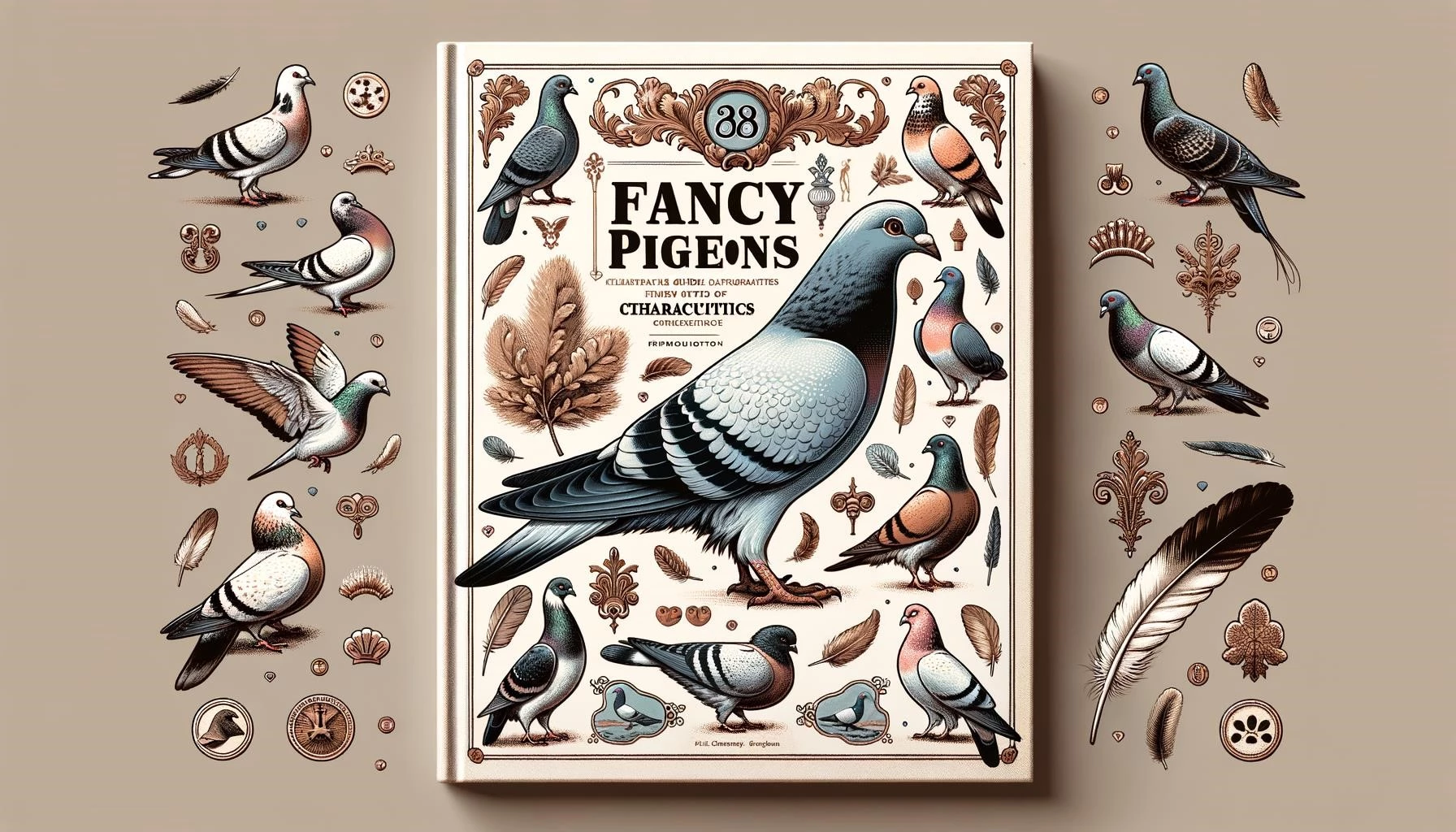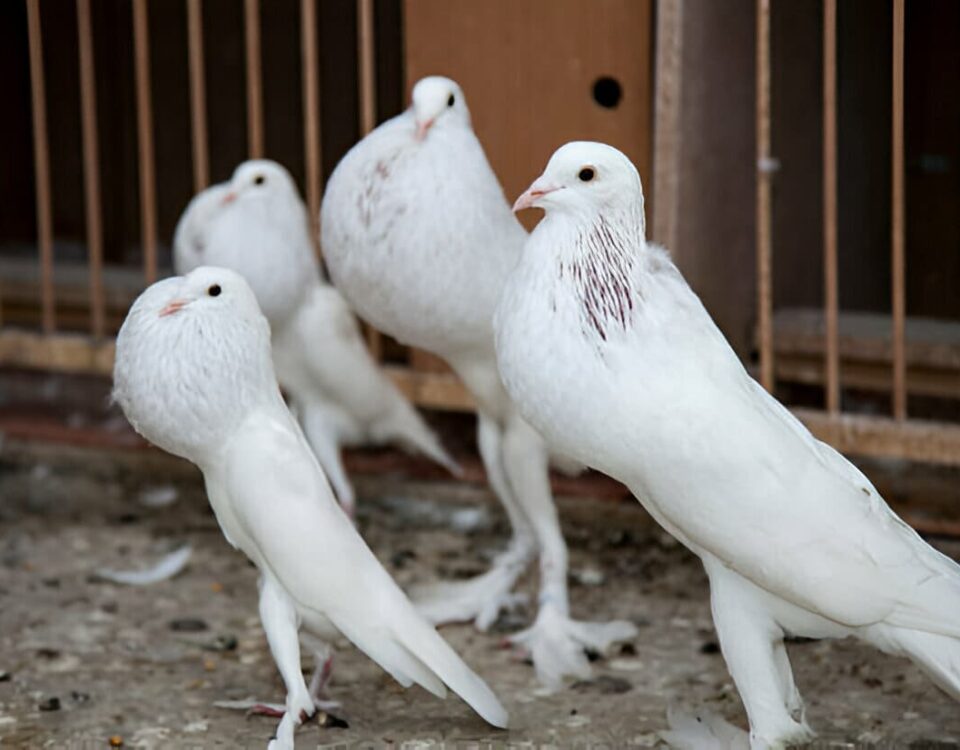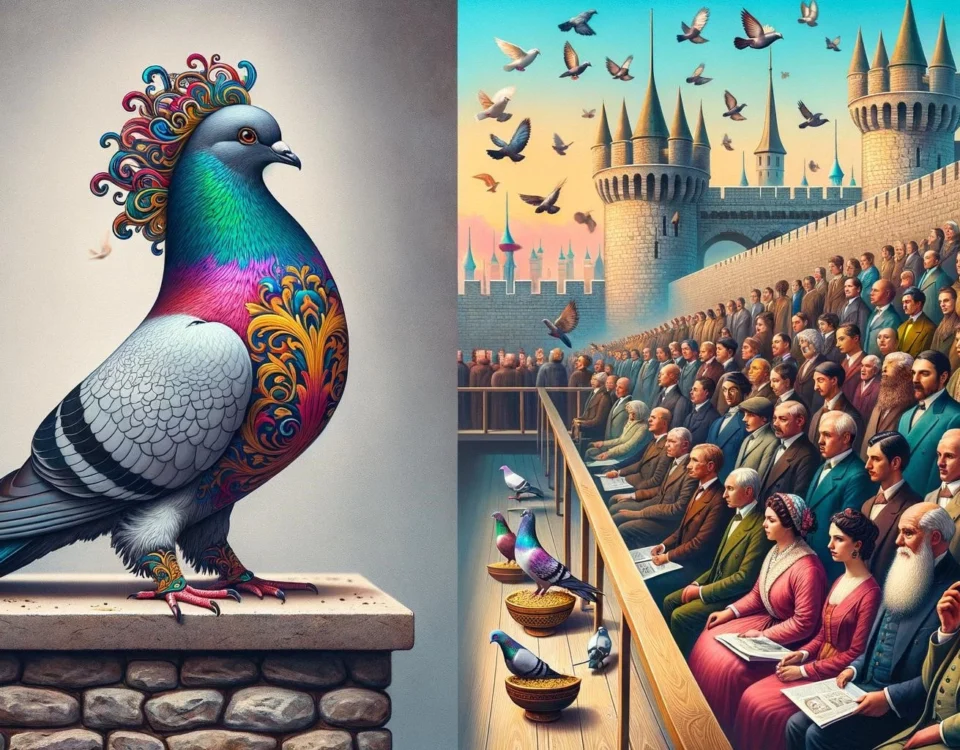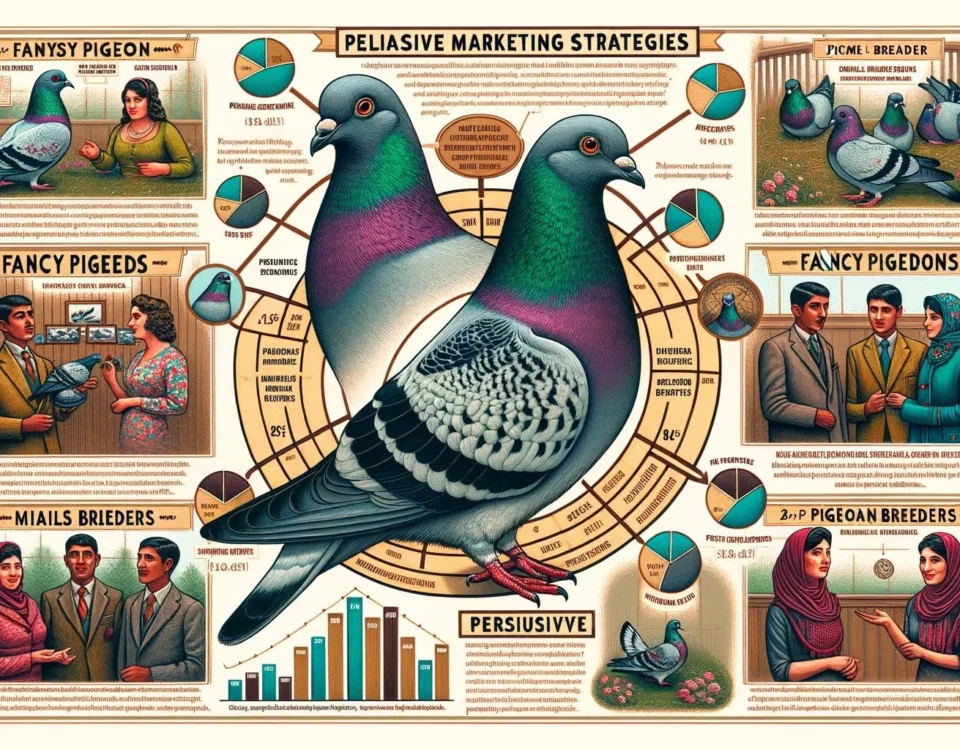Key Takeaways
- Fancy pigeons are a domesticated form of the wild rock dove, bred by pigeon fanciers for various traits.
- There are over 800 pigeon breeds, each with unique features in terms of size, shape, color, and behavior.
- Fancy pigeons have a long history and were particularly popular during the Victorian Era in Great Britain and Ireland.
- Technological advancements have not directly impacted the breeding and appreciation of fancy pigeons, as it remains a traditional hobby.
Fancy pigeons are domesticated varieties of the wild rock dove, scientifically known as Columba livia. These birds are bred by pigeon fanciers who are passionate about their various traits such as size, shape, color, and behavior. The origins of fancy pigeon breeds can be traced back to the Middle East and South Asia, where diverse regional varieties were crossbred to create new and more elaborate breeds.
There are currently around 800 recognized pigeon breeds around the world, each with its own distinctive features. Some popular fancy pigeon breeds include Jacobins, with their unique hood covering their face, and frillbacks, known for their curly feathers. Fancy pigeon breeding and exhibition have become well-established in many countries, with regular pigeon shows, fairs, and livestock exhibits where these birds are showcased and judged.
The Popularity and Impact of Fancy Pigeons
Fancy pigeons gained popularity during the Victorian Era, particularly among upper and middle-class hobbyists in Great Britain and Ireland. However, their popularity expanded to the lower classes by the early 1900s. These birds became sought-after pets and were bred for their aesthetic appeal and unique characteristics. The appreciation for fancy pigeons continues to this day, with enthusiasts around the world.
While fancy pigeons are often bred and kept for their ornamental value, they can have an impact on local ecosystems. Some potential impacts include competition with native bird species for nesting sites and food, as well as the spread of diseases among pigeon populations. It is important for pigeon fanciers to be aware of these potential consequences and take appropriate measures to minimize any negative effects.
Fancy Pigeons and Technology
Despite the rapid advancements in technology, the breeding and appreciation of fancy pigeons remain largely untouched by digital innovation. Fancy pigeons are mostly bred as a traditional hobby, relying on established breeding practices and face-to-face interactions among pigeon fanciers.
Pigeon enthusiasts typically rely on physical resources such as books, exhibitions, and local communities to enhance their knowledge and exchange information. While the internet offers some platforms for buying and selling pigeons, such as online classified websites and social media groups, the core aspects of fancy pigeon breeding and appreciation have not been significantly impacted by technology.
Overall, the world of fancy pigeons is a unique subculture that celebrates the beauty and diversity of these domesticated birds. Despite the absence of substantial technological integration, pigeon fanciers continue to showcase and appreciate the wide range of fancy pigeon breeds through traditional methods and events.









